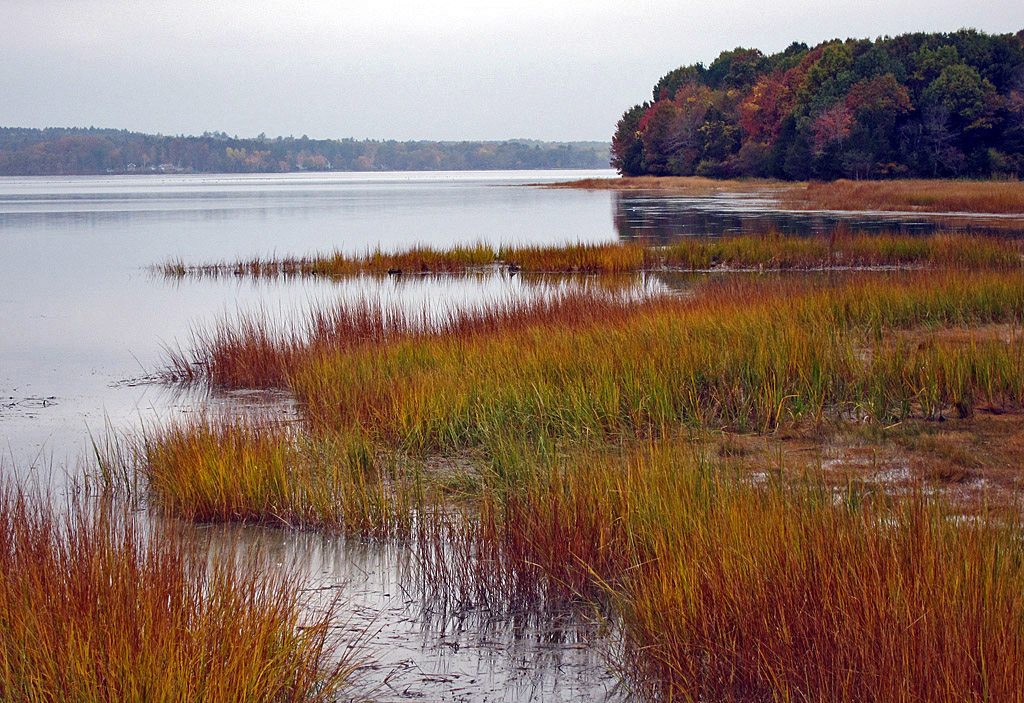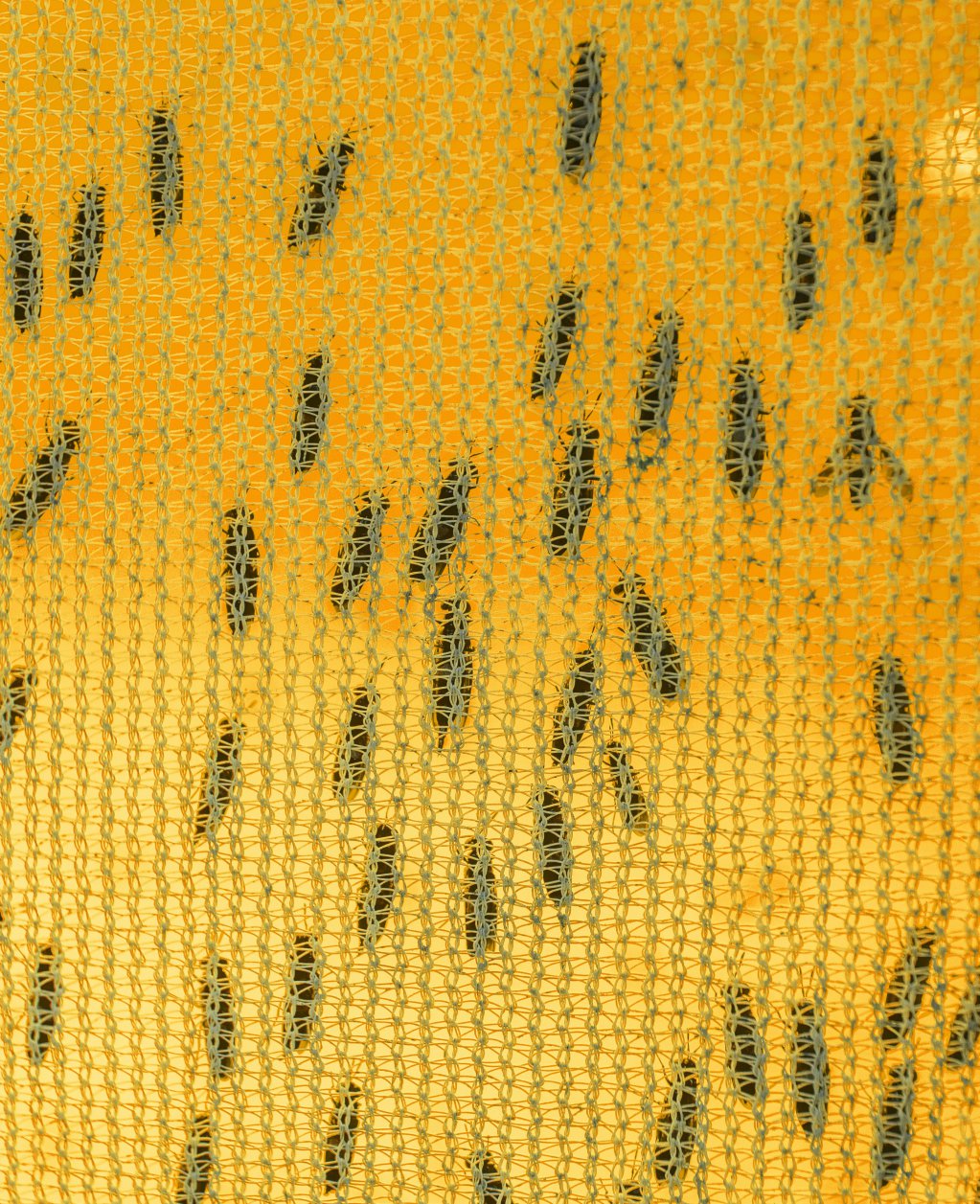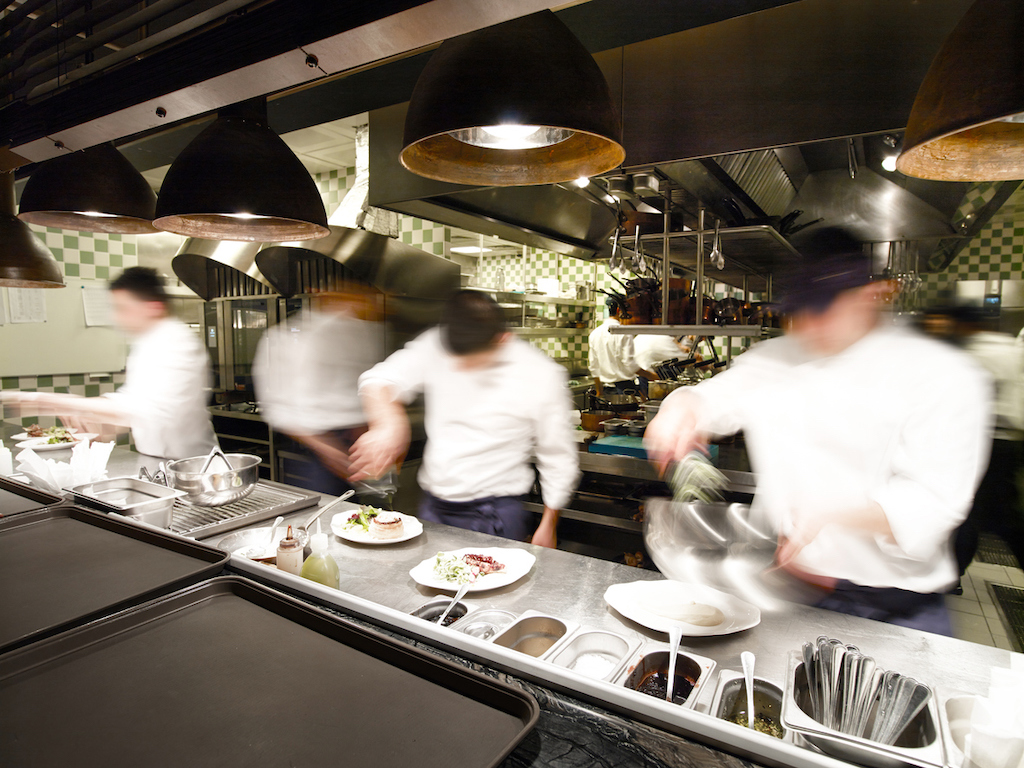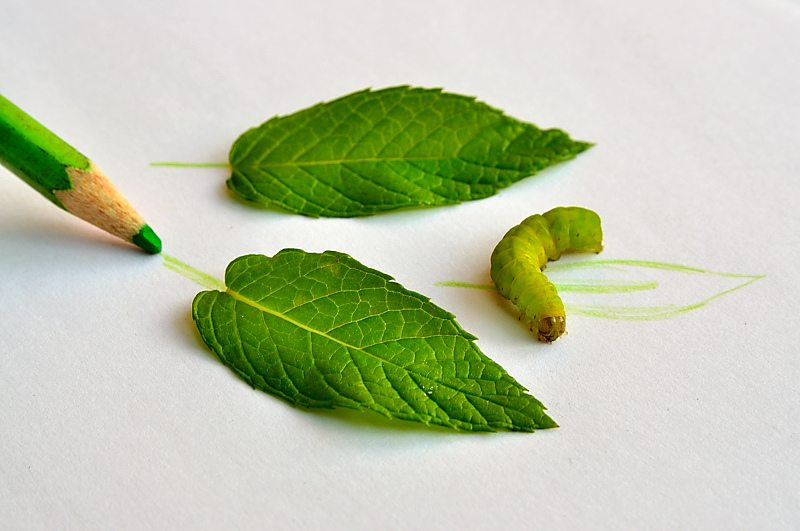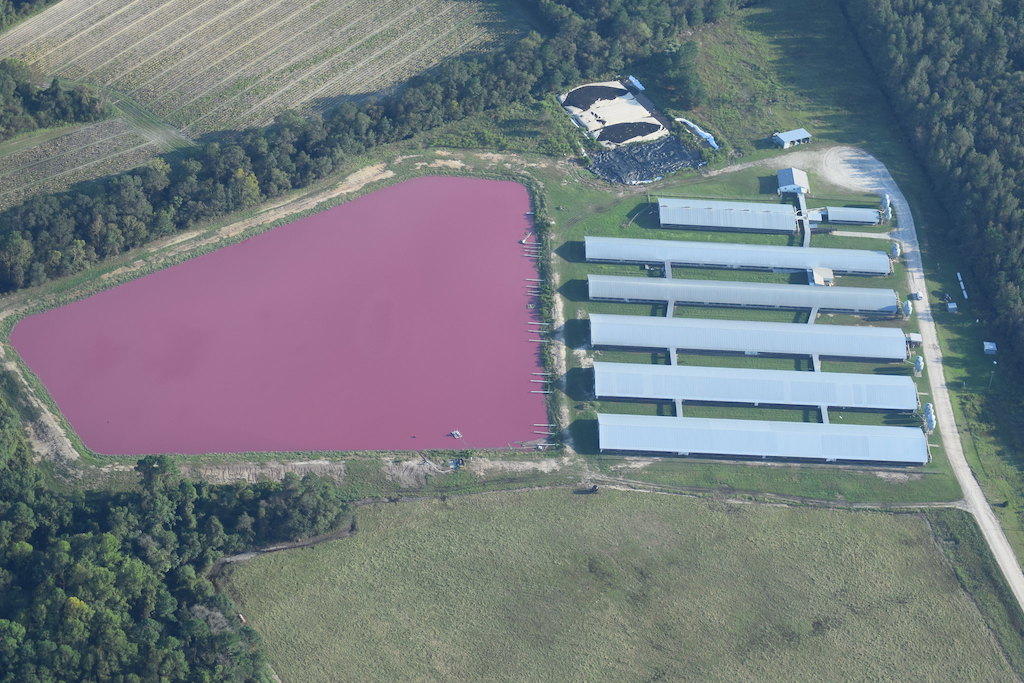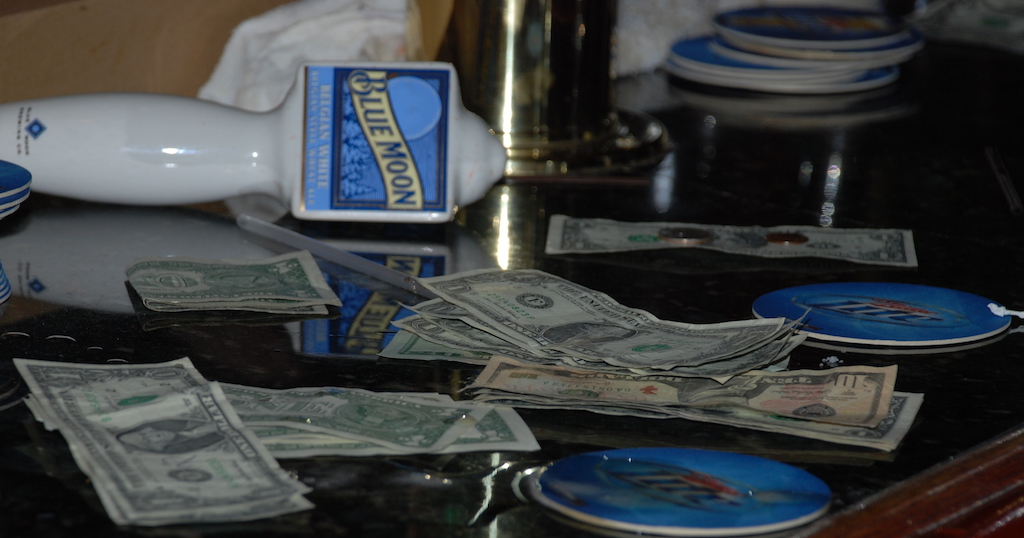The Great Marsh in Massachusetts, the largest salt marsh in New England, is a staggering network of waterways, beaches and wildlife refuges, making up one of the most ecologically diverse and environmentally sensitive areas along the Northeastern seaboard. Stretching from Cape Ann to New Hampshire, the marsh is home to hundreds of native species, shorebirds and plant life. But in the past several years, this delicate and complex ecosystem has come under threat from a tiny and pernicious crustacean sometimes referred to as “the cockroach of the sea.”
The green-hued predator, known to biologists as the green crab, is native to Europe and North Africa but found its way to North America in the mid-1800s, climbing aboard Maine-bound vessels leaving Norwegian and British ports. For decades, Maine’s frigid waters and long winters served as a population deterrent, but when ocean temperatures began to rise, so too did green crab populations along the East Coast, from Long Island Sound to Nova Scotia.
Their explosive growth was aided by their ability to reproduce quickly and thrive in a variety of conditions. (For example, if green crabs are kept in confinement without food, they simply become cannibalistic.) Given their extreme adaptability, and the absence of any natural predators, the crabs quickly began to overpopulate their ecosystem and have resulted in what the Environmental Protection Agency (EPA) describes as “devastating losses” to intertidal resources.
Green crabs have damaged Maine clamflats, and badly affected the main export of Ipswich, Massachusetts: the $6-million-per-year soft shell industry. The tiny green invaders prey on other native mollusks as well, such as mussels and scallops, and have wreaked havoc on Great Marsh eelgrass, a plant that minimizes erosion by holding sediments in place with their roots.
Alarmed by the green crabs’ proliferation, conservationists are calling for their eradication. But they’re not suggesting trapping or biological control. The best way to beat the green menace, they argue? People should eat them into extinction.
That’s not a bad idea, as it turns out, because green crabs are delicious. Their meat is rich and they make a robust and flavorful stock that can be used in dishes from risotto to bisque, according to Brendan Vesey, chef of Joinery Restaurant in Newmarket, New Hampshire. Vesey and several other chefs have begun experimenting with green crab recipes as a means of controlling the infestation.
“We were just trying to get the word out as a group of chefs that this thing was edible and that, the more we ate, we might be able to put some kind of dent in [its population],” Vesey says. “Then we kind of became known as ‘the green crab guys.’”
The green crab has long been considered a delicacy in Europe
The problem is that green crabs aren’t viable for chefs to work with at scale–at least not yet. Though chefs like Vesey are introducing the crabs on their menus through unique recipes like “invasive crab bisque” and green crab-infused ramen, the crustaceans’ tiny, hard bodies are not easy to work with.
“Their shells are pretty hard…they aren’t easy to crack and there’s not a lot in there,” he says. “Unless they find a way to process it for us, I don’t think the meat is a viable source.”
What about eating them soft-shell, then? That’s what they do in Venice, Italy, where green crabs are considered a delicacy. They’re served in eateries across the city in late spring and early fall after they molt, shedding their hard outer shells and exposing the soft bodies beneath. Known as moleche, Venetian chefs batter and fry these soft-shell crabs, serving them a la carte with a wedge of lemon. This market for moleche also provides extra income for Italian fishermen who lay out nets to snag them during molting season. The catch is lucrative, bringing in about $25-$40 per pound.
https://www.instagram.com/p/BN8EuRHDEYv/?taken-by=brndnvc
Soft-shell crabs would be preferable for consumption here in the United States, too. But because the demand for green crabs remains low, fishermen in the U.S. have yet to figure out when and where the crabs are molting, or how to set up traps to catch them soft-shelled, building a market similar to blue crabs harvested along the mid-Atlantic.
“That’s really the key…if they can figure out a way to anticipate when green crabs are going to molt. As soft-shells they are delicious. They are at least as good as blue crabs,” says Joe Roman, a marine biologist and the editor of a website called Eat The Invaders.
The price of green crabs in the U.S. is also a fraction of what is commanded by artisanal fishermen in Italy, with American trappers bringing in only about $40 for an entire five-gallon haul.
“The point should be that this stuff is dirt cheap to incentivize people to use it and then, in its own community it gets confirmed,” Vesey says. “If you could get green crabs as a soft-shell, I think we would decimate the population quickly.” And that’s the rub: Scientists at the University of Maine at Machias say despite months of research, it has been impossible to predict when green crabs will shed their shells.
But Peter Phippen, Coastal Resources Coordinator for Massachusetts Bays National Estuary Program, has been monitoring the green crab invasion in the marsh and says researchers are learning more about the species and its molting habits.
“We had a guy over from Italy where they actually soft-shell them and sell them to restaurants…he came over to help show how to distinguish a molting crab from a non-molting crab. It’s been slow progress but it’s starting to come,” he says.
In the past several months, green crabs have begun showing up at fish markets in Nova Scotia, Canada and New England (most notably at the Boston Public Market and Eatery). The Green Crab R&D Project, aimed at developing a commercial fishery for green crabs and eating the species into extinction, also promotes recipes and cooking techniques to encourage consumers to take the tiny crab home to their kitchens.
Conservationists acknowledge that building a commercial market for invaders can involve getting past stigma, though the palm-sized green crabs don’t have the reputation problem of some of their less visually appealing counterparts—like, say, the periwinkle, an invasive inter-tidal snail.
“The good news is that I’ve seen changing perceptions of these species,” says Roman, who was among the first conservationists to urge New England chefs to experiment with invasives. “Now, is the person who is going to roast a chicken switch to some other wild species? Maybe not. But one way we can start changing tastes, I think in the U.S., is through chefs,” he says.
The periwinkle snail, another invasive species, is slowly making its way onto menus
“I don’t anticipate getting periwinkles on the menu at Applebee’s any time soon,” Roman says. “But we have chefs that are really at the forefront of this. A good example of the way chefs can play a role is 50 years ago, the idea of eating sushi in the United States was completely foreign,” he says.
Chefs like Vesey say that the embrace of farm-to-table and local eating has made customers more willing to eat the invaders, and so far, green crab recipes have been met with enthusiasm. “People definitely like the flavor of it and people love the crab bisque, the broth. And they like the story,” he says.
The EPA has tried other population control methods, like harvesting green crabs for bait and using them as compost, where they can help prohibit the growth of certain parasitic worms, and infuse calcium and other nutrients into soil. And clammers in the Great Marsh have participated in a bounty program to trap the predators, with one fisherman netting 1.5 million crabs in a month, Phippin says.
But these methods aren’t as foolproof as consumption in managing the spiraling population. The idea of ‘eating the invader’ as a means of conservation has taken off in the past two years, with small markets emerging for invasive fish—from lionfish, found in the waters from Florida to North Carolina, to wild boar in Texas.
“Here’s an opportunity for us to combine both cuisine and conservation,” Roman says. “The more we eat, the more we consume, the better.”
